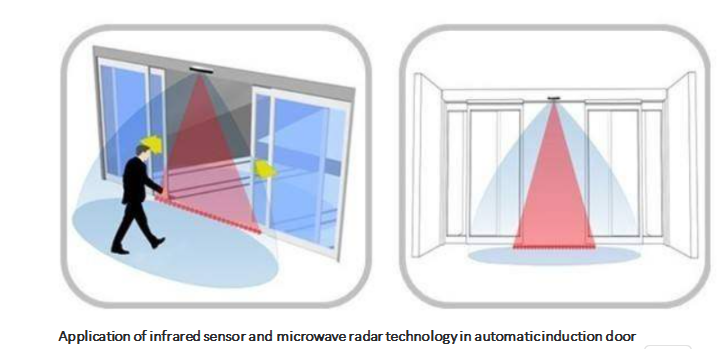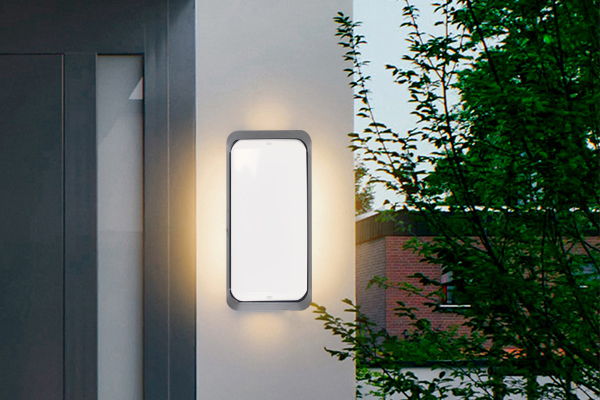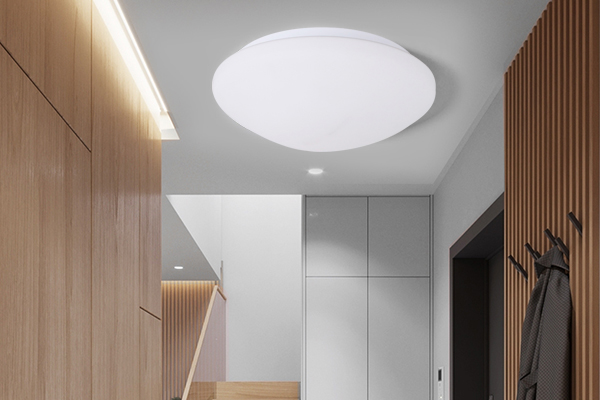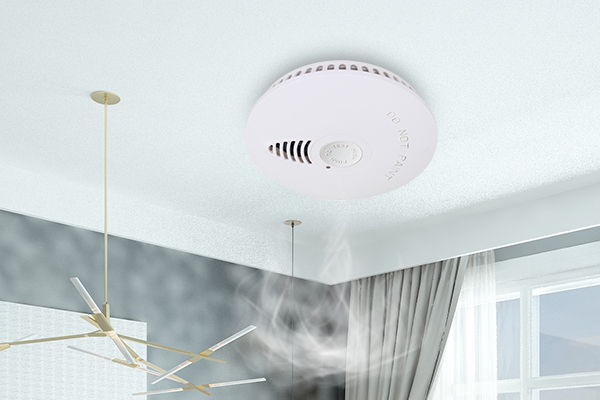Exploring Microwave and Infrared Sensing Technologies: Advantages and Challenges
With the continuous progress of science and technology, sensor technology is increasingly widely used in security, automation and consumer electronics products. Microwave sensor and infrared sensor have been widely used in many fields because of their unique characteristics. However, each technology has its own inherent advantages and limitations, and choosing the right sensor is critical to ensuring the effectiveness and efficiency of the system.
Microwave sensor: wall piercing tool
Microwave sensors use the principle of electromagnetic waves to detect moving objects, and their main advantage is their strong penetration ability to penetrate walls and other non-metallic structures. This makes microwave sensors particularly useful in industrial automation, traffic monitoring, and security systems. However, its penetration can also lead to false positives and is susceptible to interference from other electronic devices with similar frequencies.
Infrared sensor: low cost and high efficiency
Infrared sensors use infrared light to detect the presence and movement of objects, which is relatively low in cost and easy to install. It is suitable for residential and office environments for automated lighting, security systems and home appliance control. However, its detection range and Angle are small, and it is easy to be interfered by environmental factors, which may lead to misoperation.
Conclusion: Weighing options, technological progress
When choosing a sensor, you need to carefully weigh its advantages and limitations. In the case of strong penetration, microwave sensors are ideal; In the case of cost sensitivity and better environmental control, infrared sensors are more suitable. As technology continues to evolve, we expect more innovative solutions to emerge to meet increasingly complex and changing technology needs.











